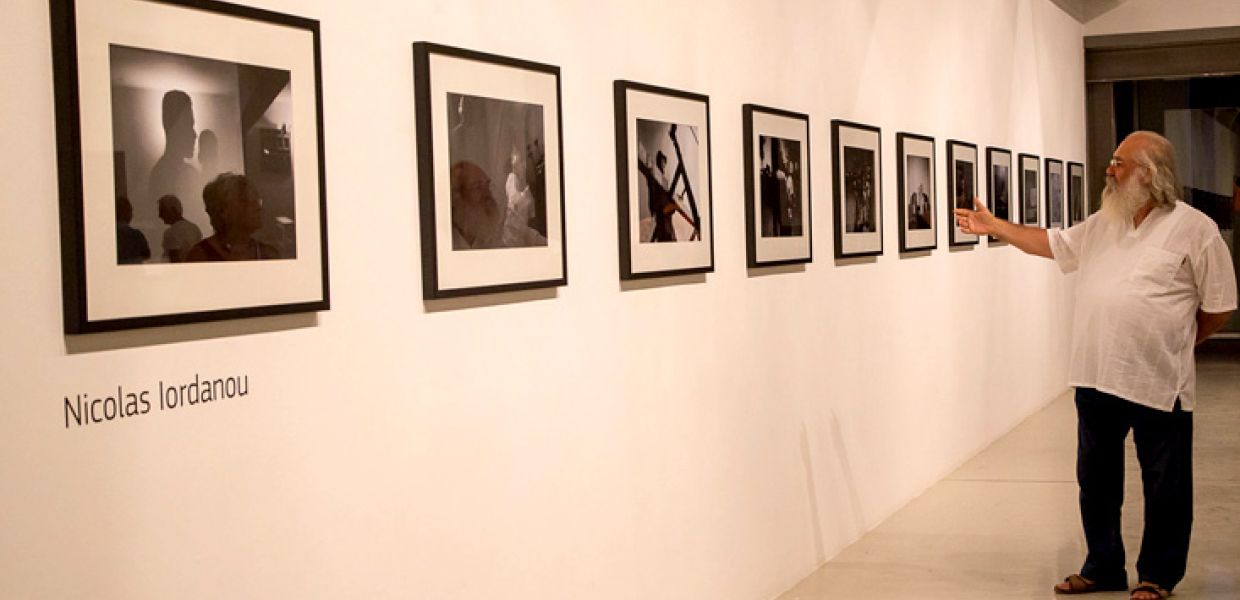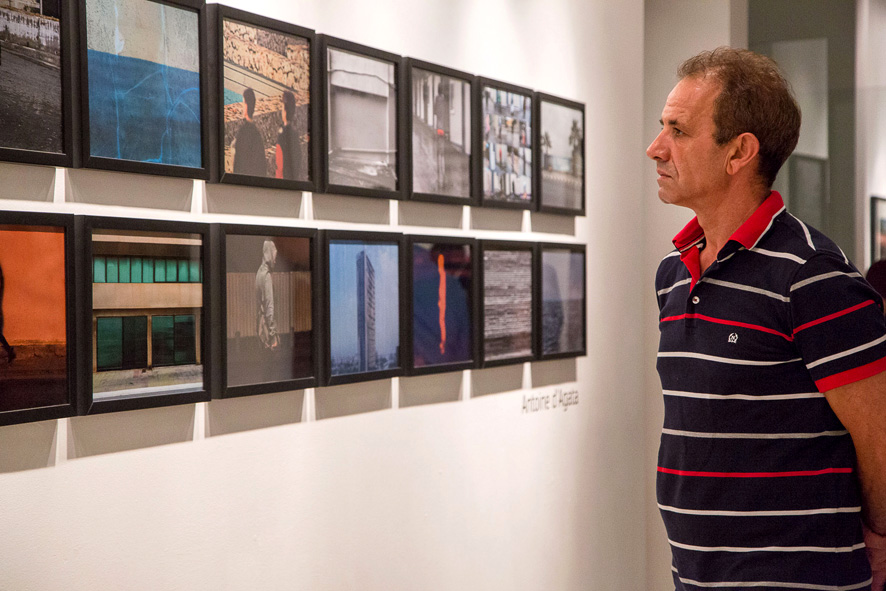Mapping Migration in Arts: The Alien Trail
As part of the upcoming Europeana Migration campaign, we highlight more initiatives relating to migration and culture beyond our own network.

- Title:
- The Alien Trail exhibition, photo by Andreas Constantinou
- Creator:
- Andreas Constantinou
Throughout 2018, Europeana Migration will focus on how migration to, from and within Europe has shaped our cultural heritage. On the run up to the campaign launch, we will feature a number of interviews with arts and cultural heritage professionals working on projects related to migration, to shine a light on other initiatives showing the cultural sector’s response to this topic. Many of these projects also relate to digital culture, access to heritage collections, community, inclusivity, copyright, privacy and more.
To launch the series with a very current topic, we focus on The Alien Trail, from Cyprus. Sylvia Nicolaides, project curator, co-founder and director of the Paphos International Film Festival introduces us to the project.
Can you tell us more about The Alien Trail?
The Alien Trail - known as ‘In the footsteps of foreigners’ in Greek - is a project in four parts including a photography exhibition; film workshops with refugees, migrants and Cypriot teenagers; a photography book and a documentary.
We created this project to bring awareness of the refugee and migrant population in Cyprus. The first and most important step for Cypriot society is to acknowledge the existence of these unseeable people; and validate that they exist and are real. The Alien Trail intents to make these people visible.
Tell us more about the exhibition
The exhibition was initially presented in September 2017 in Paphos, as part of the activities organised during 2017 European Capital of Culture. It will open for a second run in the Nicosia Municipal Arts Centre, from 8 to 31 December.
It displays the work of four photographers: Nicolas Iordanou, who also co-created the The Alien Trail project, is from Cyprus; and the other three photographers are represented by the Magnum Photo Agency: Antoine d'Agata from France, Nikos Economopoulos from Greece, and Bieke Depoorter from Belgium. Each of them visited Cyprus and photographed refugees and migrants living there from a personal angle. We are planning to publish a photography book compiling all the images from the exhibition.

The Alien Trail exhibition, photo by Andreas Constantinou
What was the photographers’ approach to this topic?
Antoine d'Agata photographed mostly the streets in Paphos, but also the refugee camp in Kofinou. This camp is also part of Nicos Economopoulos’ series, as well as streets in Nicosia and in Limassol. Bieke Depoorter photographed Syrian families in Paphos. She stayed in their homes, spent time with each family, and chose to give a more intimate take on the issue. Nicolas Iordanou focused on Sadam, a Syrian man living in Paphos, and to document his surroundings: his family, his friends, his workplace. He made Sadam the main protagonist in the pictures.
You worked with Cypriot teenagers, refugees and migrants; how did you involve them?
Anthropologist Nadina Christopoulou, educator Tereza Markidou and I organised film workshops: we worked with 16 refugees, migrants and Cypriot teenagers to create their own short documentaries. We provided the kids with cameras, and encouraged them to tell their personal stories and choose their own themes. Each child has interpreted ‘Home’ (the central theme of the workshops) in their own way. Our idea was to help them create with a non-verbal language, and focus on a visual approach, to avoid any language barrier.
How has the project been documented?
Nicolas Iordanou and I recorded the entire journey we took to explore this issue, documenting the people and families we met, the refugee camps, and more. Also, some extracts of the teenagers' short documentaries were included in the final documentary, sharing their own stories. This documentary will be screened in Paphos for the first time on December 20.
You can visit thealientrail.com

